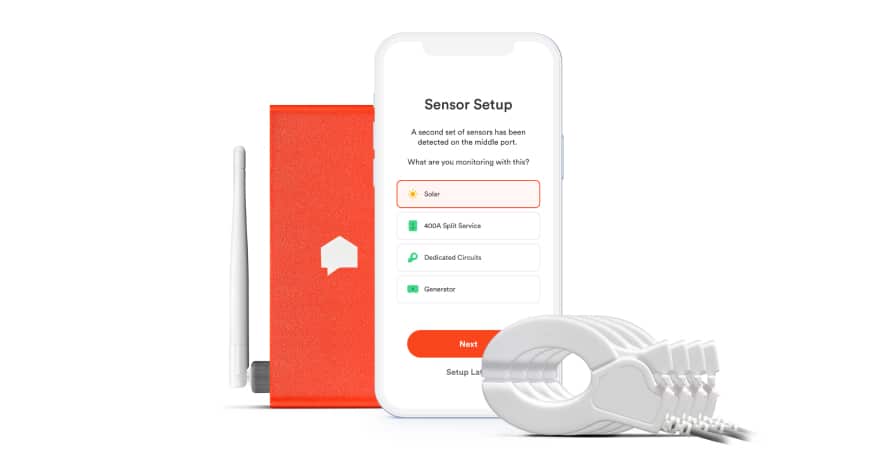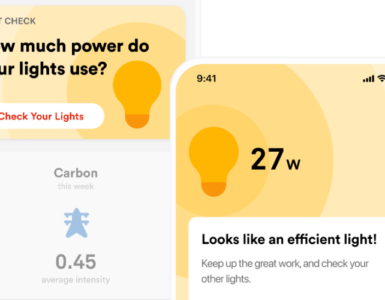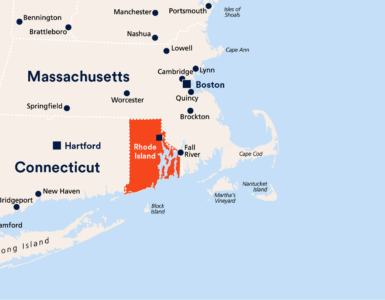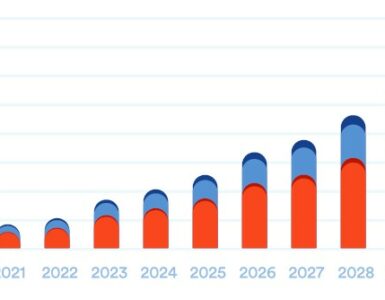Better Access to Energy Data is Key to Unlocking Millions in Rebates
The landmark Inflation Reduction Act (IRA) was passed by Congress and signed into law by President Joe Biden on August 16, 2022. The law authorizes $391 billion in spending on energy and climate change, including roughly $35 billion clean energy investments managed through the Department of Energy. The IRA represents the single largest initiative in tackling the climate crisis and investing in clean energy in U.S. history.
The IRA includes $4.3 billion to award grants to state energy offices (SEOs) to develop and implement home performance-based energy efficiency rebates, also known as the HOMES (Home Owner Managing Energy Savings) rebate program. In addition, the IRA provides $4.275 billion available to SEOs and $225 million to tribal communities to implement high-efficiency electric home rebate (HEEHR) programs. Together, these components of the IRA present an historic opportunity to turn investments in weatherization and electrification (including heat pumps ) into reliable grid resources across every state.
But it’s not just the total investment that makes this legislation historic. HOMES has set the stage to dramatically change how energy efficiency programs are designed to distribute these funds, including how programs are structured and deployed to consumers as well as how energy performance impacts are measured. The legislation also requires a significant portion of funds to drive investment in low-income households – approximately 40% – to ensure that underserved households benefit. The result could be both dramatically higher participation and larger incentives for those that do.
HOMES is going to help create a market for performance-based energy programs. This legislation is ushering in an era where we can now standardize what performance-based energy savings looks like for residential consumers.
How HOMES is Different
Today, traditional home retrofit programs are structured as fixed dollar incentives based on the savings estimate of a particular measure, regardless of the actual energy saving potential for that measure in a given home. Further, many programs are limited by minimum savings requirements for a single measure as well as household income eligibility requirements. This has left many households underserved despite the potential for meaningful energy savings.
Under HOMES, states will receive funds that aggregators, third parties tasked with streamlining home upgrades, will distribute to participant homes to fund energy-saving upgrades. This type of model has already been proven with commercial buildings and small business customers to help utilities by driving increased participation and lowering administrative costs. Now residential customers will benefit from a similar approach. Aggregators will calculate projected energy savings, distribute incentives to customers, submit required program data, and take on the performance risk.
States can pursue two new pathways – the Modeled and the Measured – to use the funds. Both pathways enable incentives to be customized to each participant’s home based on their potential for energy savings. They also give much needed flexibility to aggregators to build a more diverse portfolio of participants without jeopardizing energy savings goals. This could mean good-bye to a one-size fits all approach that can sometimes lead to retrofit or updates that are not cost-effective and limits participation.
States are currently preparing and submitting their plans to take advantage of HOMES funding. It will be up to them to decide if they use both pathways or only one. Each state must file a Utility Data Access Plan because energy data will be necessary to verify that energy savings were, in fact, achieved by the program. States energy offices, utilities, aggregators and data providers will need to collaborate to enable streamlined programs that open us access to these funds for customers.
Many utilities, third-party implementers and aggregators have employed or enabled performance-based energy efficiency and demand response programs in the past, but there has yet to be a full-fledged market established for residential energy efficiency measures. This $4.3 billion investment and the Measured pathway can help unlock the performance-based market across the country.
A Deeper Look at the Measured Pathway
The Measured pathway comes with a few additional complexities, but it can open up the path for more participants as well as non-traditional measures that generate energy savings. It can also deliver bigger incentives to both aggregators and homeowners.
The DOE guidance requires that projects funded by the Measured pathway produce at least 70% of the energy savings that they set out to achieve, and 15% total savings in the home. The reduction to 15%, as compared to the 20-35% in the Modeled pathway, removes a significant hurdle for many would-be participants. Homeowners can receive program funding for smaller projects or even behavioral changes that have not traditionally qualified but provide meaningful savings.
The Measured pathway also means using customer energy usage data from their electricity and gas meters to track the true energy impacts of an aggregator’s portfolio, and paying them based on those impacts. IRA guidance requires using open-source advanced M&V software. This can be achieved via OpenEEmeter standards and the Recurve platform. (OpenEEmeter standards are already being used in projects across the country, particularly in California)
In practice, this means creating a baseline by looking at customer energy data for the year prior to their participation to learn how each individual household uses energy in response to weather and occupancy patterns. Next, it projects out how the customer would have kept using energy given the actual weather for the following 12 months. Then, it compares that to their actual energy use. The difference is the energy savings impact.
This enables the quantification of impacts from home energy projects and payment based on those measured savings using energy meter data. Aggregators can be rewarded for actual delivered value, and not just hypothetical, “modeled” savings that may or may not come to fruition. The measured approach unlocks the ability to measure and reward aggregators and their customers for their ability to deliver energy savings performance.
Of course, the need for accurate and standardized meter-based methods has grown, along with the market for scalable and integrated demand-side programs. Already in California, Recurve has taken steps to codify a methodology that can be replicated across programs. Real-time data and standardized meter-based measurement enable faster understanding of how interventions are impacting the amount of energy used by a home energy consumption. These methods enable confidence in the impacts of behind-the-meter resources, helps bring a wider variety of demand-side programs to the table including behavior-based measures, and helps get HOMES into more, well, homes.
The fight to reduce carbon emissions and protect our climate should be graded on proven performance, not written off pass-fail. By leveraging the HOMES funding and the Measured pathway, states will herald in a new era for performance-based efficiency.
HOMES Depends on Data Access
For HOMES to work and for anyone to get access to the money, there has to be unfettered, frictionless access to energy data with customer consent. Today, there is still a lot of red tape in accessing utility data, even when consumers are giving permission. Even when they are saying “yes, I want you to use my data to give me information or access to rebates and energy and cost savings programs”, it’s still hard.
What we need is a clear path to data access. We need to reduce the friction for aggregators, the entities that are responsible for using these funds and funneling these funds to residents. We need to make it simple and easy to access the data. One way utilities can do this is by deploying next-generation meters that have embedded edge-intelligence, like Sense.
Sense enables customers to directly view their real-time energy data and to provide permission for aggregator access. Sense can lower the barriers to access data, improving both frequency and granularity of the data, and do so in a more reliable, consistent way. Because if there is missing data or the aggregators aren’t getting the data quickly enough, they aren’t going to be able to prove the savings.
HOMES is Win-Win for Everyone
Regardless of where you are on the total solution spectrum, we all have a part to play in making the tremendous IRA investment, including HOMES, a success. Utilities chasing aggressive de-carbonization goals must embrace both technology providers and aggregators in the growing performance-based residential energy efficiency and demand flexibility market. Working together, we can deliver on the vision of the program and generate the scale of energy savings to meet those goals.
Now, we need all stakeholders to engage with state energy offices, because they are going to be the ones implementing the legislation. The Federal Energy Management Program has a nice run down of each one. HOMES is being decided upon and implemented at the state level, so it’s vital we work with our state energy departments and utility commissions to make sure that they are enabling HOMES.
With collaboration we can achieve great things, get great results, and not just motivate but reward residential energy consumers for making energy efficiency upgrades and investments in their homes. It’s making the pie larger for everyone, not taking away anyone else’s slice. And when we all work together to make the pie larger, there truly is a piece for everyone.







